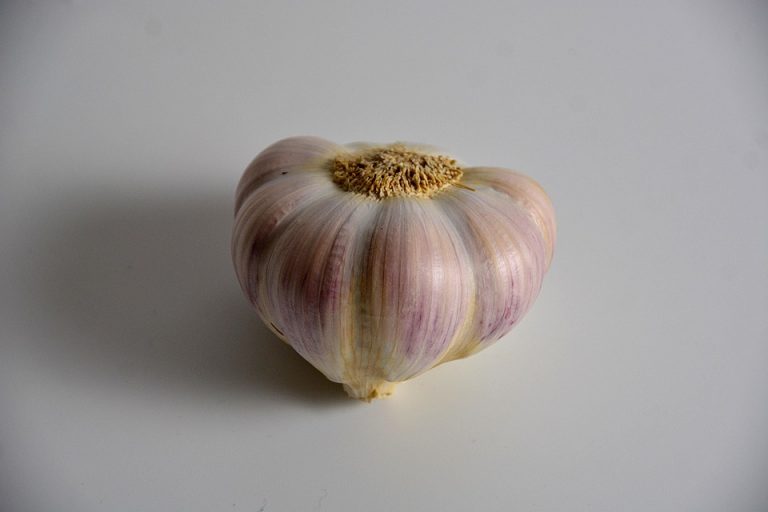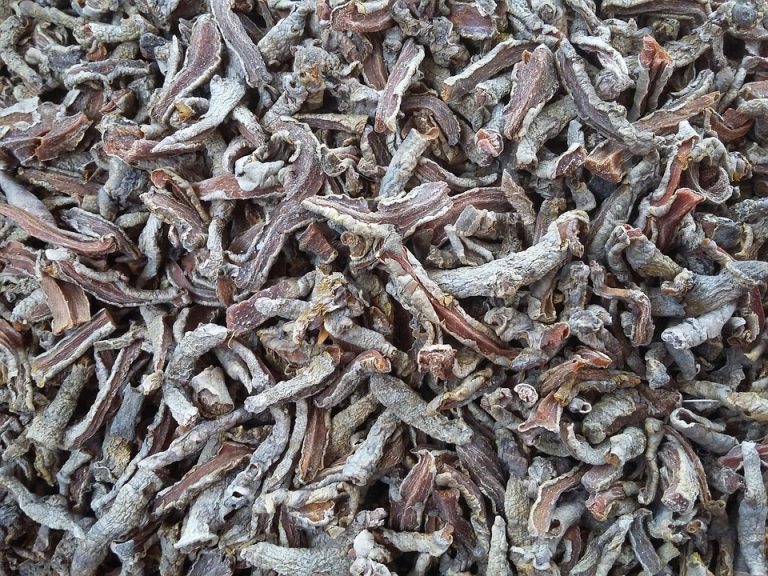Leafy Greens For Bones are the nutrient-packed vegetables that help build and protect your skeleton while supporting your whole-body health. Think calcium-rich kale, vitamin K–loaded spinach, and magnesium-heavy Swiss chard. These greens matter because your bones are not passive scaffolding — they respond to what you eat. Choose the right leaves, and you’re choosing resilience, fewer fractures, and a livelier life.
Contents
Why Leafy Greens For Bones Matter
When you picture bone health, you might think calcium and milk. That’s part of it. But bone is living tissue that needs a web of nutrients: vitamin K, magnesium, potassium, vitamin C, and phytonutrients. Leafy greens deliver many of those in a single bite. Clinical research published in the Journal of Bone and Mineral Research highlights how a diet rich in vegetables, especially greens, correlates with higher bone mineral density in adults. That’s the kind of proof that changes how you plate your meals.
Beyond bones, these greens protect your heart, sharpen your immune response, and calm inflammation. They’re low-calorie and high-impact. For anyone wanting stronger bones and a sturdier body, they’re nonnegotiable.
How Leafy Greens For Bones Support Your Body
Leafy greens help your bones in predictable and surprising ways. They supply the raw materials for bone formation, like calcium and magnesium. They supply vitamin K, which helps proteins bind calcium to the bone matrix. They offer antioxidants that cut oxidative stress, a known driver of bone loss. The combination matters more than any single nutrient.
Researchers at reputable institutions like Harvard School of Public Health show that vegetables rich in vitamin K are associated with a lower risk of hip fractures. That’s not marketing — it’s measurable muscle and bone armor you can eat every day.
How To Use This Guide
Below are seven greens that matter most for stronger bones. For each one, you’ll get what it supplies, why it’s useful, how to prepare it for maximum benefit, and real-life ways to add it into your week. Make small swaps and you’ll feel the difference.
Kale — The Calcium Champion
Kale’s reputation is well-earned. It’s rich in calcium and vitamin C, and it packs antioxidants that guard against cellular damage. A cup of cooked kale gives you a meaningful portion of the daily calcium your bones crave.
Eat it sautéed with garlic, whizzed into a green smoothie, or baked into crispy chips. Cooking kale breaks down oxalates that can interfere with mineral absorption, which means you get more calcium per bite when it’s lightly cooked.
Nutrition experts often recommend kale as a first step for anyone trying to boost bone health through diet. Simple, affordable, effective.
Spinach — Vitamin K Power With A Caveat
Spinach is a vitamin K heavyweight, and vitamin K is central to bone protein activation. That helps your skeleton hold onto calcium. Add spinach to salads, omelets, or pasta, and you’re feeding your bones without thinking hard.
Note: spinach contains higher oxalate levels than some other greens, which can bind calcium. Pair spinach with a vitamin C source — like lemon or strawberries — to enhance absorption, or mix it with lower-oxalate greens in salads.
Swiss Chard — Magnesium And Potassium Rich
Swiss chard brings magnesium and potassium, two minerals that regulate bone formation and muscle function. Magnesium helps convert vitamin D into its active form, which in turn supports calcium absorption. Delicious and colorful, chard is an easy add-in for soups and sautés.
Pan-fry with olive oil and a squeeze of lemon. Add chard stems to stews and leaves at the end to keep texture and nutrients intact. Small choices like this stack up over time.
Collard Greens — Traditional Strength
Collards are a traditional powerhouse for a reason. They’re loaded with calcium and vitamin K, and their sturdy leaves stand up to slow cooking, releasing minerals that your body can use. In clinical nutrition, foods like collards are often cited as consistent dietary sources that support long-term bone density.
Cook them slowly with a bit of acid like vinegar or tomatoes to help unlock minerals. Serve as a side or wrap filling for a nutrient-forward meal.
Bok Choy — The Gentle Calcium Source
Bok choy is a mild, crunchy green with a surprisingly clean dose of calcium and vitamin C. It’s low in oxalates, meaning its calcium is more readily absorbed compared with some greens. Steam, stir-fry, or toss into soups — it’s flexible and family-friendly.
Asian cuisines have used bok choy for generations, and modern dietary guidelines now highlight it as a bone-building option that’s easy to work into diverse diets.
Arugula — Small Leaves, Big Effects
Arugula might be tiny, but it brings vitamin K and nitrates that help circulation and tissue repair. Use it fresh in salads or as a peppery bed for roasted fish. It’s a simple trick to increase vitamin K intake with little fuss.
Pair arugula with vitamin D–rich foods like salmon and a drizzle of olive oil to improve fat-soluble nutrient uptake. That pairing matters when you’re aiming for optimal bone resilience.
Turnip Greens — Rooted In Nutrition
Turnip greens are often overlooked, but they’re rich in calcium, magnesium, and vitamin K. Research into traditional diets shows that people who routinely eat root vegetables and their greens often have better bone health outcomes. These greens are slightly bitter — which means they’re full of phytonutrients — and they soften beautifully with a little slow cooking.
Add to soups, or braid into stews for deep, earthy flavor and a mineral boost. Small habit shifts like adding turnip greens once a week compound into real bone benefits over time.
Practical Tips To Maximize Bone Benefits
Eat a variety. Different greens bring different nutrients; variety ensures you’re covering the spectrum your bones need. Rotate kale, spinach, chard, and the rest across the week.
Pair smartly. Combine greens with vitamin D sources, lean proteins, and healthy fats. That helps with absorption and with rebuilding tissue after workouts.
Cook with care. Some greens are better lightly cooked to reduce oxalates; others are best raw. Use both raw and cooked forms to maximize nutrient intake.
Watch sodium and processed sauces. Greens are powerful on their own. Keep added salts and processed dressings minimal so you don’t negate their benefits.
What The Science Says
Long-term studies link higher vegetable intake to better bone mineral density and fewer fractures. Organizations like the National Institutes of Health provide plain-language guidance on nutrients that support bone health, and university research programs publish findings that consistently point to vegetables’ role in preventing bone loss.
If you want a concise read, the National Osteoporosis Foundation and academic reviews discuss how vitamin K and magnesium from plant sources influence bone turnover and strength. You are not guessing here — the science backs thoughtful, vegetable-forward eating.
Simple Weekly Plan To Start
Try this: add a cooked green to dinner three times a week, blend a handful into morning smoothies two mornings a week, and toss a raw green salad twice weekly. This combination gives you variety and constant supply of key nutrients without taxing your time.
Shop smart: frozen greens are nutrient-dense and affordable. Canned greens can be salty—rinse them to reduce sodium. Fresh is wonderful when available, but convenience often wins long-term consistency.
The Bottom Line
Leafy greens for bones are not a fad. They are basic, powerful food choices that support calcium, vitamin K, magnesium, and antioxidant intake. Add kale, spinach, Swiss chard, collards, bok choy, arugula, and turnip greens into your life in simple ways. Small, steady changes in what you eat will make your bones stronger and your body more resilient. Trust the green plate — it pays dividends.
Start today: put a green on your plate at one meal and build from there. You’ll notice how much better your body feels when you feed it with intention.
Good luck — you’ve got this.
FAQ
Are all leafy greens equally good for bone health?
No. Greens vary in calcium, vitamin K, and oxalate content. Low-oxalate greens like bok choy and kale deliver calcium that’s easier to absorb, while spinach is high in vitamin K but also higher in oxalates. Mix them for balance.
Can I get enough calcium from leafy greens alone?
Possibly, if you eat a wide variety and enough servings. For many people, combining greens with other calcium sources — fortified foods, dairy, or supplements when needed — ensures adequate intake. Check with your healthcare provider for personalized advice.
Do I need vitamin D too?
Yes. Vitamin D helps your body absorb the calcium from greens. Sun exposure, fatty fish, fortified foods, or supplements can help meet your vitamin D needs. Talk to your clinician about testing if you’re unsure.
How much should I eat each week?
Aim for several servings of leafy greens per week — think 3–7 cups cooked or 6–14 cups raw spread across the week. Consistency is more important than perfection.
References
National Institutes of Health provides guidance on calcium and bone health which explains nutrient roles and intake recommendations (http://ods.od.nih.gov/factsheets/Calcium-Consumer/).
The National Osteoporosis Foundation details diet and lifestyle strategies for bone strength and fracture prevention (https://www.nof.org/patients/treatment/nutrition-exercise/).
Harvard T.H. Chan School of Public Health summarizes research on vegetables, vitamin K, and bone health with accessible recommendations (https://www.hsph.harvard.edu/nutritionsource/vitamin-k/).








